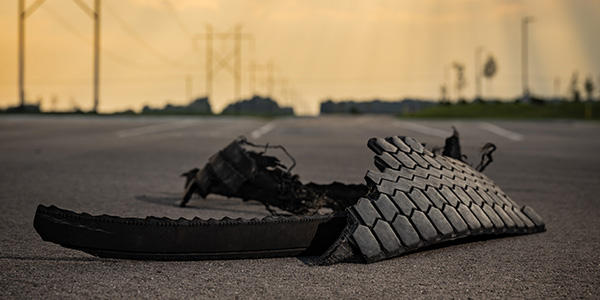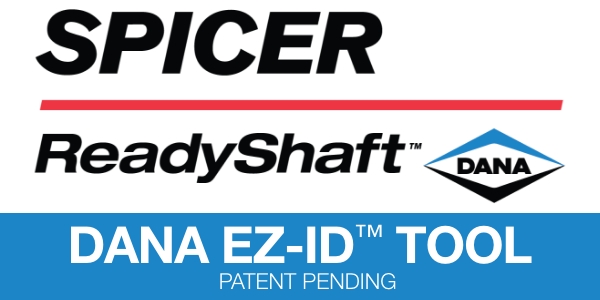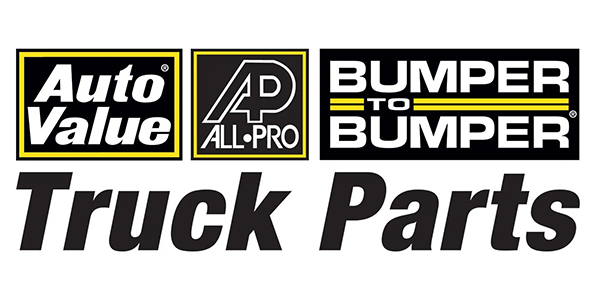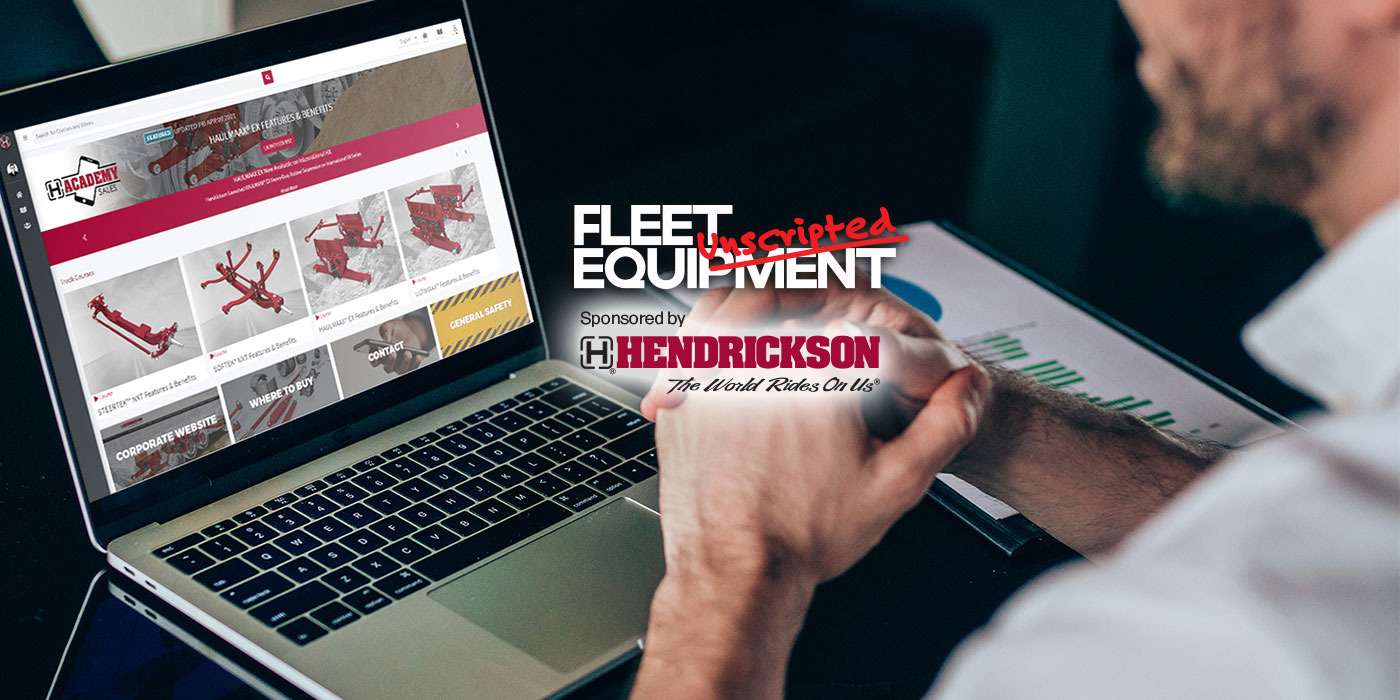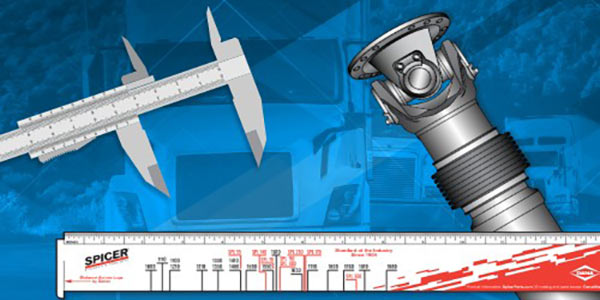We get it. Your wheel bearings are not at the top of your fleet inspection checklist, but just like your engine, transmission, or tires, ignoring proper maintenance procedures of your wheel bearings can cause damage.
The failure of your truck’s clutch bearings, for example, could sideline it and potentially cause further damage to the entire clutch pack assembly.
Let’s take a closer look at the bearings’ role within the clutch.
Two different bearings are incorporated into the transmission–the clutch pilot and the clutch release.
While engaged, the clutch pedal is at full height while the pressure plate forces the friction disc against the flywheel. The friction disc turns the Splined Input Shaft which drives the transmission to power road wheels.
While the clutch system is disengaged, the clutch release bearing is moved forward by the clutch fork. As the pressure plate compresses and the friction disc uncouples, the friction disc and input shaft are no longer being turned by the engine. The clutch pilot bearing rotates if there is difference between rotation.
To avoid a costly breakdown, here are some warning signs that indicate struggling clutch bearings that you may want to be on the lookout for.
Clutch pilot bearing
– Grinding sounds as the vehicle is accelerating/decelerates after the clutch pedal is fully engaged;
– Steering wheel vibrations as the vehicle accelerates; or
– Bad smells as the clutch bearing begins to heat up.
Clutch release bearing
– Whining/grinding during press/release of clutch pedal
– Clutch becoming stiffer as lubrication properties diminish
– Difficulty shifting gears in manual transmission
If you begin noticing the above observations, it may be time to replace your clutch bearings. Putting in the effort now to ensure your bearings are in working order and can meet application requirements will spare you unprecedented downtime later on.
The ever-increasing marketplace demand means it’s more important than ever to ensure your fleet is achieving optimal performance and dependability.
In order to achieve this, it’s important to double-down on equipment details. When it comes to bearings, the installation is simple, but the components are produced specifically to meet the tedious demands of operating conditions.
Before installation, it’s important to note the difference between high-temperature and standard clutch bearings and the applications they can be used for as they are not always interchangeable. To better understand which choice is best for your trucks and applications, check out the Bower’s video on the “Differences Between Standard Temp & High Temp Clutch Pilot Bearings” on the Bower Bearings YouTube channel.






